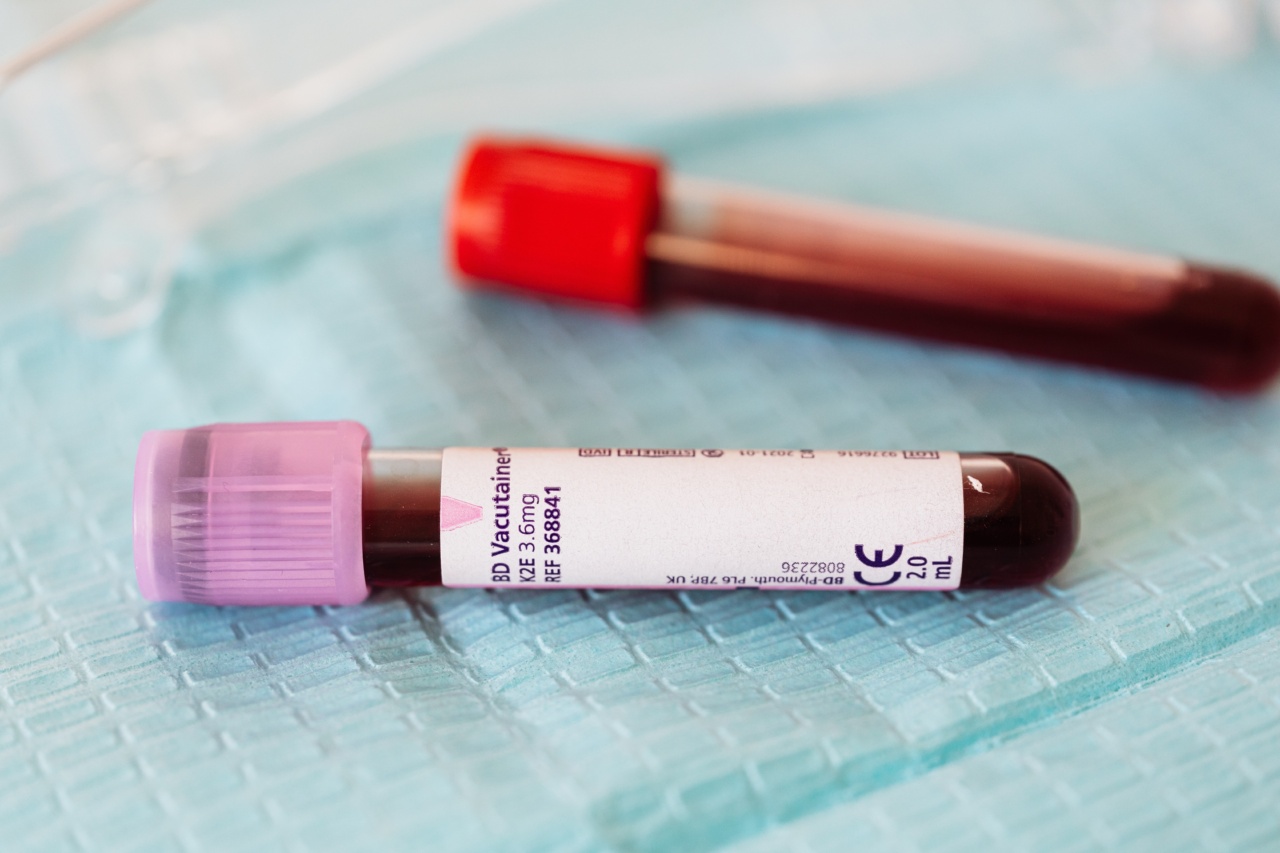Cancer, a leading cause of death worldwide, is a complex disease with various types and subtypes. Detecting cancer in its early stages is crucial for successful treatment.
Medical researchers have been tirelessly working to develop innovative methods to identify cancer at an early stage with greater accuracy. In a groundbreaking development, a revolutionary blood test has been developed that can detect over 20 different types of cancer.
The Need for Early Cancer Detection
Early detection of cancer is vital as it increases the chances of successful treatment and improves patient outcomes.
Traditional screening methods like mammograms, colonoscopies, and Pap smears have limitations and may not identify cancer in its initial stages. This is where the revolutionary blood test comes in, offering a new ray of hope in the fight against cancer.
How Does the Revolutionary Blood Test Work?
The revolutionary blood test leverages advanced technology and a deep understanding of cancer biology. It targets specific molecular patterns that are indicative of the presence of cancer cells.
By examining a small sample of blood, the test can identify the presence of cancer with remarkable accuracy.
The test analyzes circulating tumor DNA (ctDNA) and other biomarkers present in the blood. ctDNA refers to small fragments of DNA that are shed by cancer cells into the bloodstream.
These fragments carry important genetic information that can be used to identify the type and location of cancer.
The blood test employs next-generation sequencing (NGS), a high-throughput technology that can quickly analyze large volumes of genetic data.
By comparing the genetic profile obtained from a patient’s blood sample with a vast database of cancer-specific mutations, the test can pinpoint the presence of cancer and the type or types involved.
A Game-Changer in Cancer Diagnosis
The revolutionary blood test is expected to revolutionize cancer diagnosis for several reasons:.
1. Early Detection:
By detecting cancer at an early stage, when it is smaller and more treatable, the blood test offers new opportunities for successful treatment and improved survival rates.
2. Multi-Cancer Detection:
The test has the ability to identify over 20 different types of cancer, including pancreatic, ovarian, liver, and lung cancer. This broad scope makes it a highly versatile tool in the fight against cancer.
3. Non-Invasive:
Unlike traditional biopsies, which require invasive procedures and may cause discomfort to the patient, the blood test is non-invasive and involves a simple blood draw. This makes it more convenient and potentially reduces patient anxiety.
4. Cost-Effective:
In comparison to other diagnostic methods, the blood test is likely to offer a cost-effective solution for cancer detection.
It could potentially reduce the need for unnecessary imaging tests and invasive procedures, leading to significant cost savings in healthcare.
5. Monitoring Treatment Response:
Not only does the blood test help in detecting cancer, but it can also play a crucial role in monitoring treatment response.
By analyzing changes in ctDNA levels over time, doctors can assess how well a patient is responding to treatment and make necessary adjustments if required.
The Future of Cancer Diagnosis
The development of this revolutionary blood test showcases the tremendous progress in the field of cancer diagnostics. While the test is already a major breakthrough, ongoing research aims to enhance its capabilities even further.
Scientists are working on refining the test’s accuracy and expanding its range of detectable cancer types.
Additionally, efforts are being made to develop personalized treatment plans based on the blood test results, allowing for targeted therapies that are specific to each individual’s cancer subtype.
The integration of artificial intelligence and machine learning in analyzing blood test data is also being explored. This could lead to more accurate and efficient cancer diagnoses, helping doctors make informed decisions regarding patient care.
Conclusion
The development of a revolutionary blood test capable of detecting over 20 types of cancer marks a significant milestone in the battle against this devastating disease.
This breakthrough offers hope for improved cancer outcomes, emphasizing the importance of early detection and personalized treatment.





























